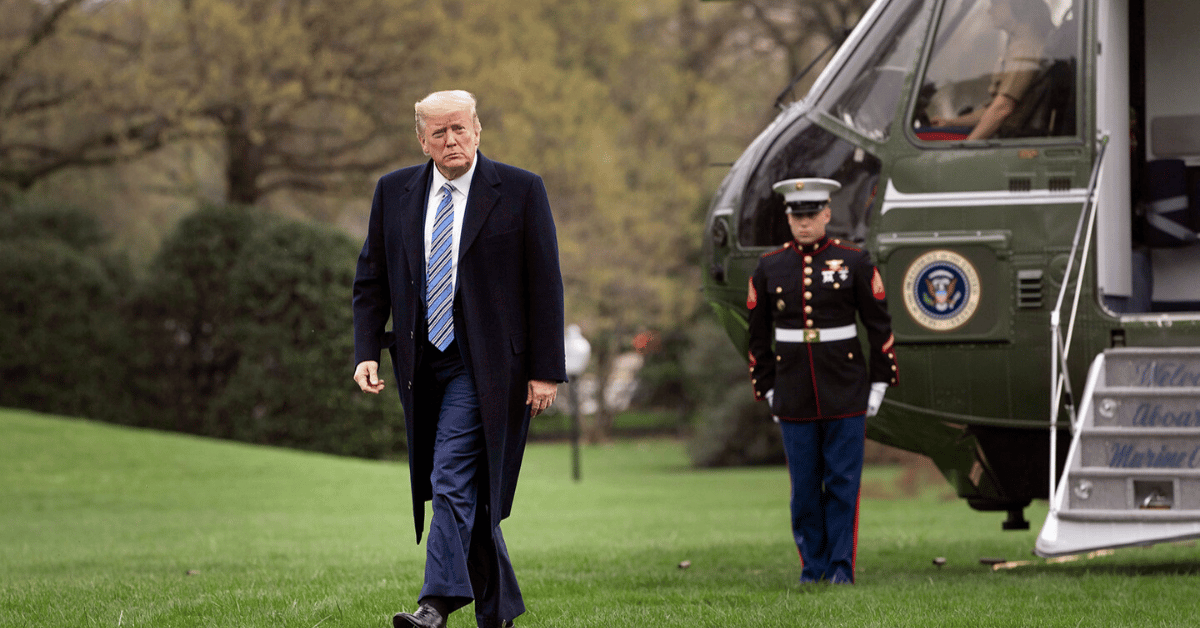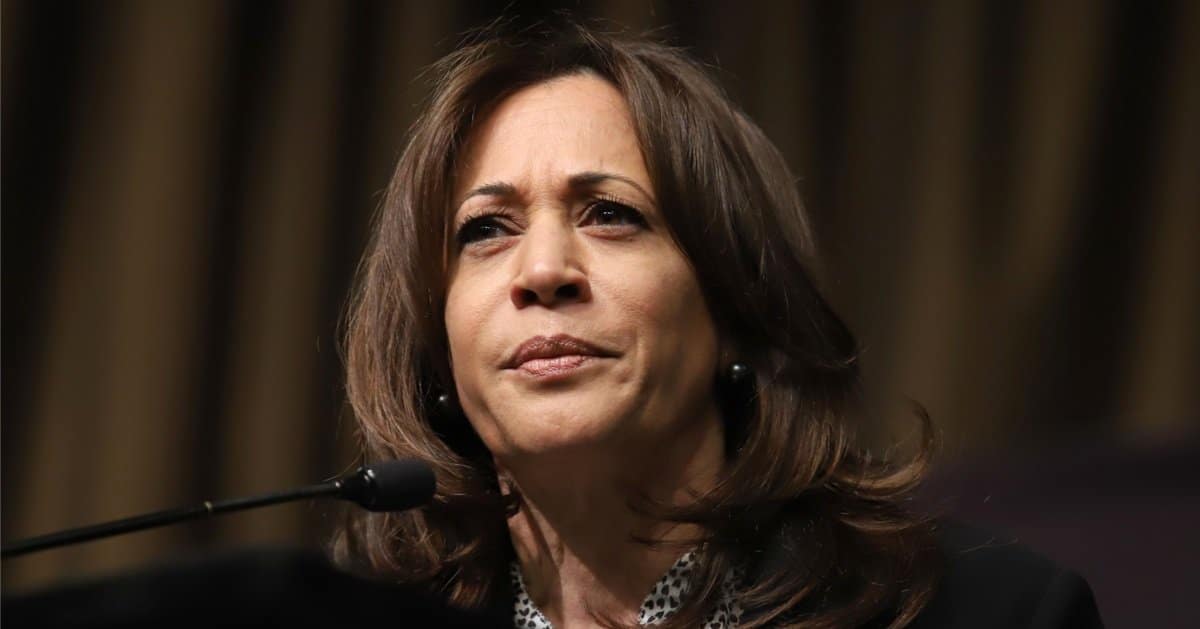


After 37 days of a grinding government shutdown, a flicker of hope emerges on Capitol Hill as lawmakers finally show signs of movement.
The shutdown, which started on October 1, 2025, has left federal workers unpaid, aviation safety in question, and emergency food benefits halted, though both parties are now engaging in talks to reopen the government despite lingering disagreements over healthcare and spending.
This mess began over a month ago when Congress failed to pass a viable funding bill, leaving the nation in limbo since early October.
For weeks, the House has been dormant, with no votes on legislation since September 19, 2025, when an interim spending bill was passed but later deemed unworkable by Republicans.
Now, Republicans are floating a new plan—a temporary funding measure through late January 2026 for most agencies, alongside full-year funding for veterans, military projects, agriculture, and Congress itself through September 2026.
Democrats, meanwhile, are digging in, demanding healthcare subsidies to counter rising costs under previous policies, showing no sign of backing down after recent political wins.
The shutdown’s toll is undeniable—unpaid air traffic controllers are raising alarms about potential accidents, a risk no one can afford to ignore.
“All it takes is one little accident,” warned Sen. Josh Hawley, R-Mo. But let’s be clear: while safety is paramount, the progressive push to tie every issue to healthcare subsidies feels like a distraction from solving the core problem.
Federal workers remain without pay, emergency food benefits like SNAP are stalled, and the public is caught in the crossfire of this political chess game.
Democrats are ramping up pressure with unconventional moves, like Rep. Yassamin Ansari, D-Ariz., setting up a table outside the House Speaker’s office to spotlight healthcare, only to be warned of arrest by Capitol Police.
Similarly, Rep. Chrissy Houlahan, D-Penn., disrupted a Republican press conference, clashing with House Speaker Mike Johnson in a tense exchange that required Capitol Police intervention.
These guerrilla tactics highlight the frustration, but they also risk turning a serious debate into a sideshow when real solutions are what Americans need.
“There seems to be some indication of a thaw,” said Sen. Richard Blumenthal, D-Conn. Yet, let’s not get too cozy—such optimism often masks the stubborn gridlock over spending priorities that both sides refuse to budge on.
Republicans and Democrats alike express concern over aviation risks and unpaid workers, but internal splits—especially among Democrats between progressives and moderates—threaten to derail any quick fix.
After 37 days of this fiasco, the nation deserves more than fleeting hope; it’s time for Congress to prioritize results over posturing, cut through the ideological noise, and get the government running again.



